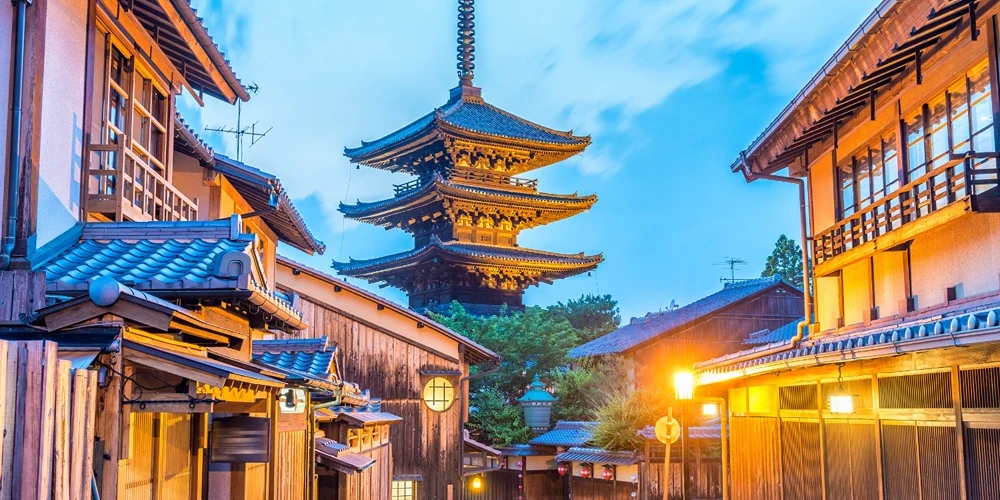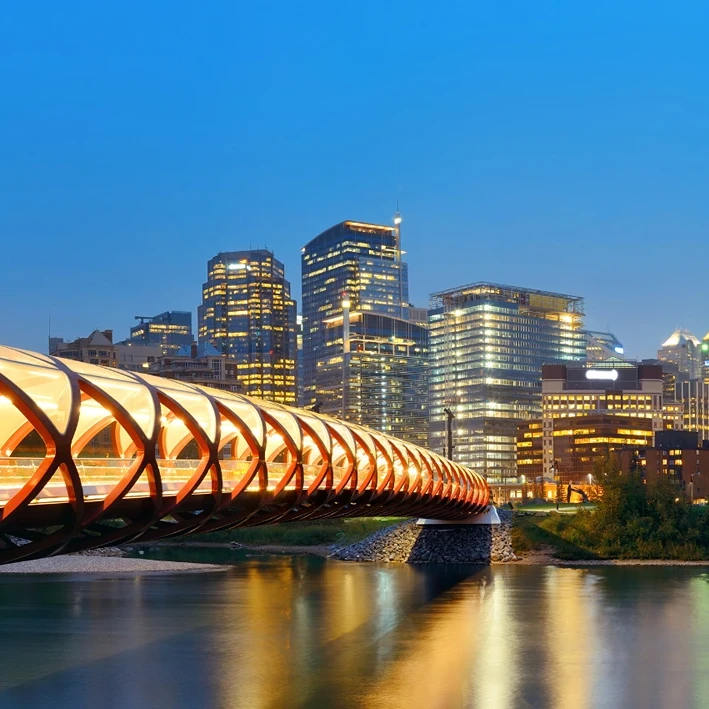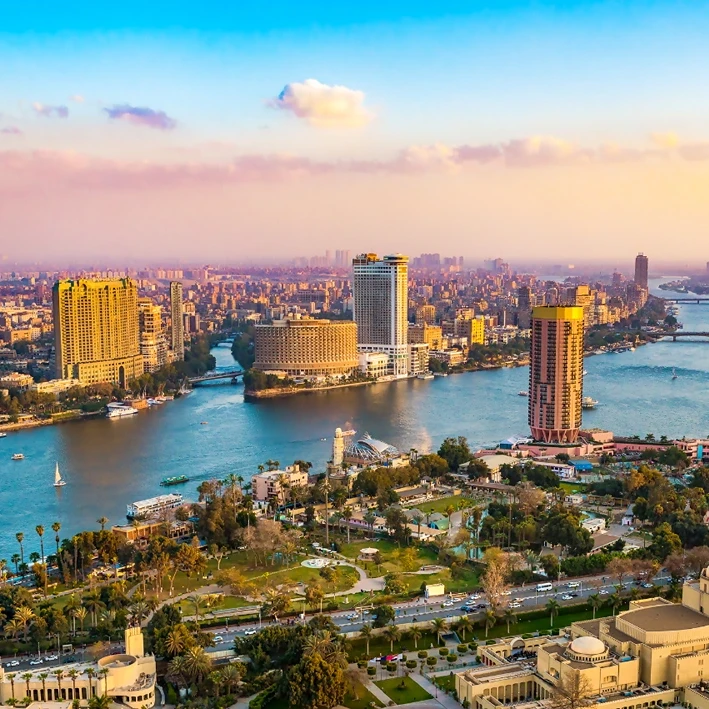Ever wondered why Japan continues to captivate millions of travelers year after year? With its blend of cutting-edge technology and timeless traditions, the Land of the Rising Sun offers something for everyone. Whether you’re an urban explorer fascinated by Tokyo’s skyscrapers or a history enthusiast eager to walk through Kyoto’s ancient temples, Japan promises a wealth of unforgettable experiences. In this article, we’ll dive into the best places to visit in Japan, including must-see landmarks, hidden gems, and top activities that ensure you’ll make the most out of your journey.
Table of Contents

Tokyo: A Blend of Modernity and Tradition
Tokyo stands out with iconic landmarks like Tokyo Tower and Senso-ji Temple. Tokyo Tower, a symbol of the city’s post-war rebirth, offers panoramic views of the metropolis. Senso-ji Temple, Tokyo’s oldest temple, provides a glimpse into Japan’s historical and spiritual heritage. Vibrant districts such as Ginza and Shinjuku showcase a mix of high-end shopping, entertainment, and nightlife. Ginza features luxury boutiques and fine dining, while Shinjuku is famous for its bustling streets and the tranquil Shinjuku Gyoen National Garden.
Modern attractions like Akihabara emphasize Tokyo’s status as a tech hub. Akihabara, known as the epicenter of otaku culture, is packed with electronics shops, anime stores, and themed cafes. For those seeking serenity amidst the urban sprawl, the Meiji Shrine offers a peaceful retreat with its lush forested area. This juxtaposition of old and new makes Tokyo a unique destination for travelers. Navigating this bustling metropolis can be a breeze with the right transportation tips in Japan. From the efficient subway systems to the iconic Shinkansen bullet trains, understanding how to get around will enhance your Tokyo experience. Whether you’re hopping between districts like Shinjuku and Ginza or venturing out to nearby attractions, these tips will help you make the most of your time in the city.
Must-Try Foods in Tokyo
- Sushi
- Ramen
- Tempura
- Takoyaki
- Wagyu Beef
Unique experiences in Tokyo include themed cafes and digital art museums. Themed cafes, like the Robot Restaurant and Maid Cafes, provide entertainment that’s uniquely Japanese. Digital art museums, such as teamLab Borderless, offer immersive and interactive exhibitions that captivate visitors. These attractions make Tokyo not just a city to visit, but a place to experience the cutting edge of contemporary art and culture.
Kyoto: Timeless Beauty and Cultural Riches
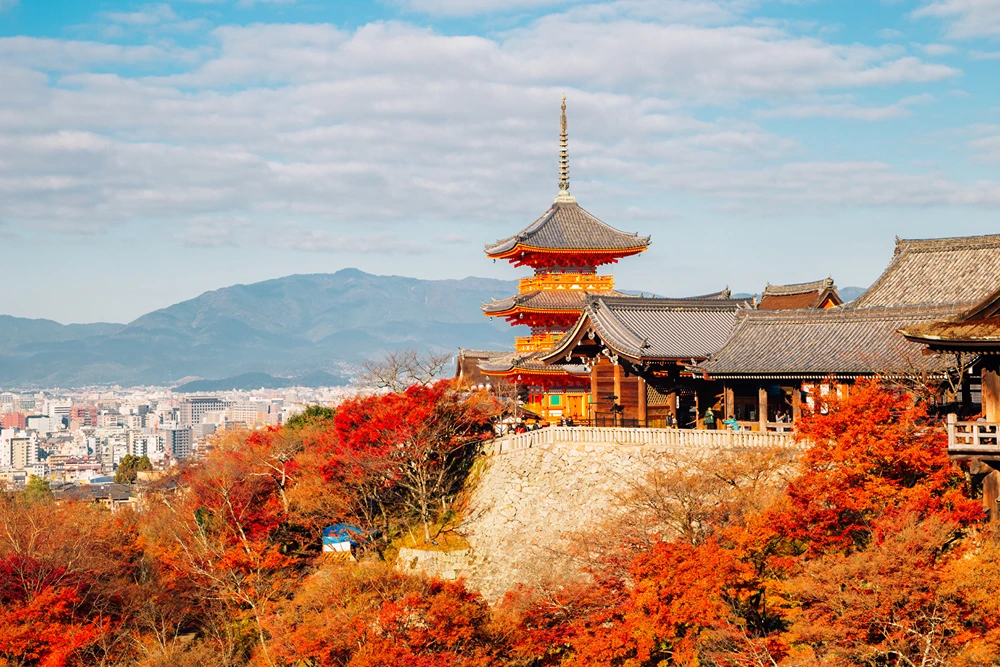
Kyoto stands out as a city imbued with historical and cultural significance, making it a top destination for travelers seeking traditional experiences. Renowned temples such as Kiyomizu-dera offer stunning views of Kyoto and demonstrate classic Japanese architectural elegance. Fushimi Inari Taisha, famous for its thousands of vermillion torii gates, provides a mesmerizing pathway up the sacred Mount Inari. These temples, along with the serene Sagano Bamboo Grove, are essential stops for anyone visiting Kyoto.
Cultural experiences in Kyoto are plentiful, especially in districts like Higashiyama and Gion. Higashiyama is known for its beautifully preserved streets lined with traditional wooden machiya houses, while Gion is the city’s famous geisha district. Visitors can enjoy traditional tea ceremonies in quaint tea houses, providing an intimate glimpse into Japan’s rich ceremonial customs. These experiences offer a unique opportunity to engage with Kyoto’s deep-rooted traditions.
| Temple/Shrine | Key Feature |
|---|---|
| Kiyomizu-dera | Panoramic views of Kyoto |
| Fushimi Inari Taisha | Thousand torii gates |
| Kinkaku-ji | Golden Pavilion |
| Ryoan-ji | Zen rock garden |
| Ginkaku-ji | Silver Pavilion |
Seasonal highlights in Kyoto further enhance its allure. Springtime brings cherry blossoms, transforming locations like Maruyama Park and the Philosopher’s Path into dreamy landscapes of pink blooms. Autumn, on the other hand, showcases vibrant fall foliage, particularly at temples like Tofuku-ji and Eikando. These seasonal changes provide picturesque backdrops and unforgettable experiences for visitors throughout the year. To truly capture the essence of Kyoto, knowing the best time to travel to Japan is essential. Spring and autumn are particularly enchanting, with cherry blossoms painting the city in soft pink hues and vibrant fall foliage transforming the landscape into a tapestry of colors. Planning your visit during these seasons will ensure you experience Kyoto’s beauty at its peak.
Osaka: The Foodie’s Paradise

Osaka is a haven for food enthusiasts, offering delectable street foods and renowned dishes. Key attractions include Osaka Castle, a historic landmark providing panoramic views and a glimpse into Japan’s feudal past. Dotonbori, the city’s bustling entertainment district, is famous for its neon lights, giant billboards, and an array of food vendors serving takoyaki (octopus balls), okonomiyaki (savory pancakes), and gyoza (dumplings). These culinary delights are a must-try for anyone visiting the city. Additionally, Kuromon Ichiba Market, known as “Osaka’s Kitchen,” offers a wide range of fresh seafood and local delicacies, making it a perfect spot for food lovers.
Osaka is also a prime destination for shopping enthusiasts. Here are five must-visit shopping areas:
- Shinsaibashi
- Umeda
- Namba
- Tenjinbashi-suji Shopping Street
- Amerika-mura (American Village)
Osaka’s nightlife and entertainment options are equally impressive. Namba is a focal point for evening activities, featuring a plethora of bars, clubs, and entertainment venues. For a more laid-back experience, head to Umeda, where you can enjoy rooftop bars and jazz lounges. The city also hosts various live performances, including traditional Bunraku puppet theater and modern musical shows. These diverse options ensure that visitors can experience the vibrant nightlife and rich cultural scene Osaka has to offer.
Hokkaido: Nature’s Playground
Hokkaido is a paradise for nature lovers and outdoor enthusiasts, boasting stunning landscapes and diverse activities. Key attractions include Sapporo, the island’s vibrant capital known for its annual Snow Festival and picturesque Odori Park. Furano, famous for its expansive lavender fields, offers breathtaking views, especially in summer. Niseko stands out as a premier destination for winter sports, attracting skiers and snowboarders from around the globe. The island’s natural hot springs, or onsen, provide a relaxing retreat amidst the scenic beauty. Whether you’re interested in winter sports or summer blooms, Hokkaido has something to offer every visitor.
Top Outdoor Activities in Hokkaido
- Skiing
- Snowboarding
- Flower Viewing
- Hiking
- Soaking in Hot Springs
The best times to visit Hokkaido vary depending on the experiences you seek. Winter, from December to February, is ideal for skiing and snowboarding, with Niseko and Furano offering excellent powder snow. Summer, from June to August, is perfect for flower viewing, especially the lavender fields in Furano. Spring and autumn offer milder weather, making them great for hiking and exploring the natural hot springs. Each season in Hokkaido presents unique opportunities, ensuring a memorable visit year-round.

Hiroshima: A City of Resilience and Beauty
Hiroshima stands as a poignant reminder of history, especially through key sites such as the Hiroshima Peace Park and the A-Bomb Dome. The Peace Park is a tranquil area that commemorates the victims of the atomic bomb and promotes a message of peace. Its central feature, the A-Bomb Dome, is a preserved ruin of a building that survived the explosion, making it a UNESCO World Heritage site. These landmarks are essential for understanding the city’s past and its journey towards peace and recovery.
Miyajima Island, located just a short ferry ride from Hiroshima, is a highlight for its scenic beauty and cultural significance. The island is home to the iconic Itsukushima Shrine, famous for its “floating” torii gate, which appears to be standing in the sea during high tide. Visitors can also encounter friendly, free-roaming deer that are considered sacred. The combination of natural landscapes and historical sites makes Miyajima Island a must-visit destination when exploring Hiroshima.
Nara: The Ancient Capital
Nara, Japan’s first permanent capital, is a treasure trove of historical and cultural sites, making it one of the best places to visit in Nara. Key historical landmarks include Todai-ji Temple, home to the Great Buddha statue, which stands as one of the largest bronze figures of Buddha in the world. Another gem is Kasuga Taisha, a Shinto shrine renowned for its hundreds of bronze and stone lanterns. The city’s ancient significance is further highlighted by its numerous UNESCO World Heritage sites, including the historic Nara Palace Site, which offers a glimpse into the grandeur of the Nara period.
Must-Visit Temples and Shrines
- Todai-ji Temple
- Kasuga Taisha
- Kofuku-ji Temple
- Yakushi-ji Temple
Unique experiences in Nara extend beyond its historical sites. Nara Park, famous for its free-roaming deer, offers visitors a chance to interact with these friendly animals. Feeding the deer, considered messengers of the gods in Shinto belief, is a popular activity. Visitors can purchase special deer crackers, or “shika senbei,” to feed the deer, making for a memorable experience. This blend of cultural heritage and unique attractions makes Nara a must-visit destination for any traveler exploring Japan.
Okinawa: Tropical Paradise
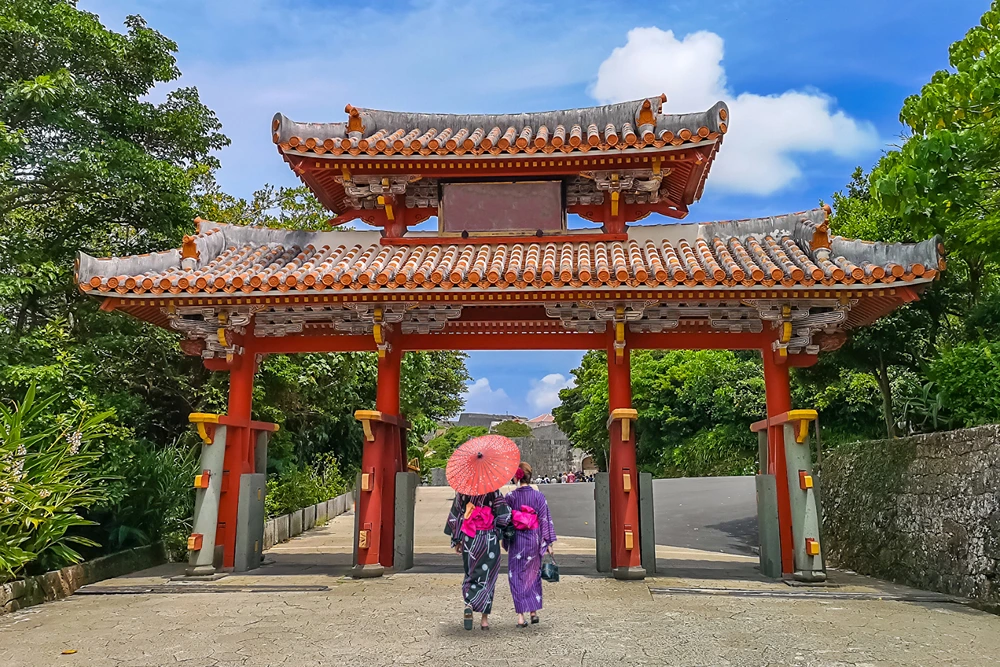
Okinawa, renowned for its pristine beaches and vibrant marine life, is an ideal destination for those seeking sun and sea. Key attractions include the prefectural capital, Naha, where visitors can explore the historic Shurijo Castle, a UNESCO World Heritage site that offers a glimpse into the Ryukyu Kingdom’s history. The island of Ishigaki is another must-visit, known for its coral reefs and clear waters perfect for snorkeling and diving. Additionally, Kabira Bay provides stunning views and opportunities for glass-bottom boat tours, allowing travelers to marvel at the underwater beauty without getting wet.
Okinawa’s rich cultural heritage sets it apart from other tropical destinations. The island’s unique traditions are showcased in places like the Okinawa World theme park, where visitors can witness traditional Eisa dance performances and explore Gyokusendo Cave, one of Japan’s largest limestone caves. The local cuisine, influenced by a blend of Japanese, Chinese, and Southeast Asian flavors, offers a culinary adventure with dishes like goya champuru (stir-fried bitter melon) and Okinawa soba. These cultural experiences, combined with the natural beauty, make Okinawa a compelling destination for any traveler.
Kanazawa: The Hidden Gem
Kanazawa, often dubbed the “Kyoto of the North,” is a treasure trove of cultural attractions. The city boasts the stunning Kenroku-en garden, one of Japan’s top three gardens, offering serene landscapes and seasonal beauty. The Nagamachi Samurai District is another highlight, where visitors can explore former samurai residences and gain insights into the lives of these historical figures. Additionally, the Higashi Chaya District, known for its well-preserved geisha teahouses, provides a glimpse into the traditional entertainment culture of Japan.
This culturally rich city is frequently overlooked by foreign tourists, making it a less crowded and more intimate destination. Unique cultural experiences await, such as visiting the 21st Century Museum of Contemporary Art, which features cutting-edge exhibits in a uniquely designed space. Kanazawa’s traditional crafts, like gold leaf production and Kutani porcelain, offer hands-on workshops that allow visitors to engage deeply with local heritage. This combination of attractions and immersive experiences makes Kanazawa a hidden gem worth exploring.
Hakone: Gateway to Mount Fuji
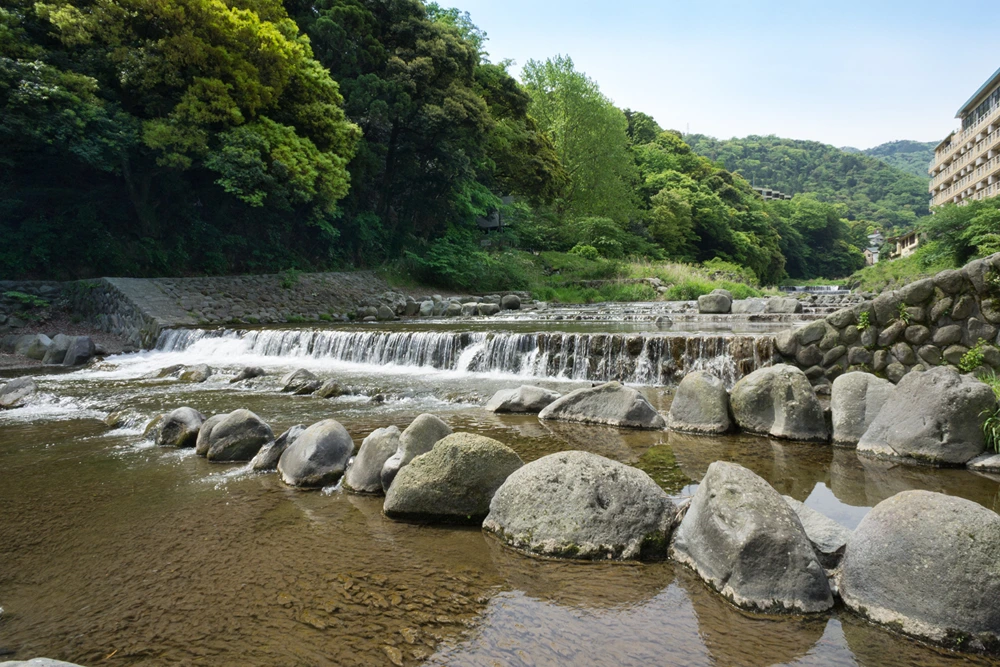
Hakone offers some of the best places to visit in Japan, particularly for those seeking breathtaking views of Mount Fuji. Key attractions include the Hakone Open-Air Museum, which showcases an impressive collection of sculptures set against the backdrop of the surrounding mountains. Scenic boat rides on Lake Ashi provide another opportunity to admire Mount Fuji, especially on clear days when the mountain’s reflection can be seen on the water’s surface. Travelers can also enjoy the Hakone Ropeway, which offers panoramic views of the volcanic landscape and the iconic mountain.
Top Onsen Facilities in Hakone
- Hakone Yuryo
- Tenzan Onsen
- Yunessun Spa Resort
The best times to visit Hakone for clear views of Mount Fuji are from October to February, when the weather is generally crisp and skies are clear. Early morning and late afternoon are ideal times for photography enthusiasts looking to capture the mountain in its full glory. Visiting during these months not only maximizes the chances of seeing Mount Fuji but also provides a more serene experience with fewer tourists.
Shikoku: Rural Beauty and Pilgrimage Routes
Shikoku, one of Japan’s main islands, offers a unique mix of vibrant cities and serene natural landscapes. Tokushima, known for its Awa Odori dance festival, is a lively destination where traditional culture thrives. Kochi, another key city, boasts historical sites like Kochi Castle and scenic spots such as Katsurahama Beach. Natural wonders abound, with the Naruto Whirlpools providing a mesmerizing display of tidal forces, and the Shimanto River offering pristine waters perfect for kayaking and fishing.
The Shikoku Pilgrimage Route is a major highlight, drawing both devout pilgrims and curious travelers. This spiritual journey covers 88 Buddhist temples, each with its own historical and cultural significance. The pilgrimage path circles the island, offering participants a chance to connect deeply with Shikoku’s rich heritage and tranquil landscapes. Whether completed in sections or as a whole, the pilgrimage provides an immersive experience that highlights the island’s serene beauty and spiritual depth.
Tohoku: The Underrated North
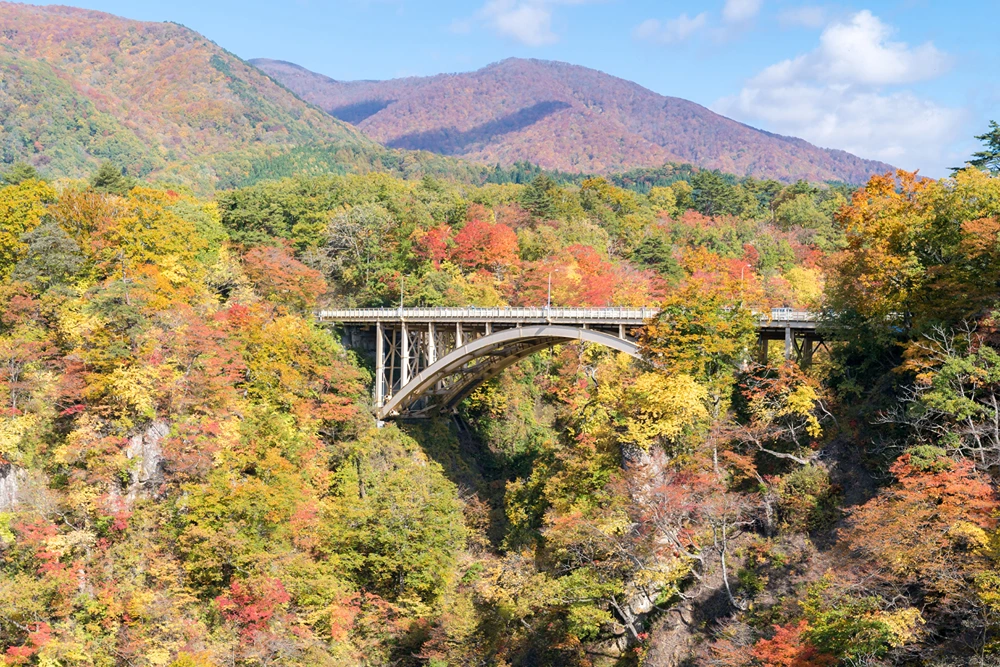
Tohoku is a prime destination for winter attractions that are both unique and captivating. One of the most notable sights is Mt. Zao’s “Snow Monsters.” What are the “Snow Monsters” on Mt. Zao? The “Snow Monsters” are actually trees covered in thick layers of snow and ice, creating surreal, otherworldly figures that attract photographers and nature enthusiasts alike. Another key winter attraction is the Tsuru no Yu onsen. What makes Tsuru no Yu onsen special? This historic hot spring, nestled in the mountains, offers a rustic and serene bathing experience, often surrounded by snow in the winter months. The combination of these natural wonders makes Tohoku a must-visit during the colder seasons.
In addition to its winter attractions, Tohoku offers a wealth of cultural experiences and seasonal events. Hirosaki Castle stands out, especially during sakura (cherry blossom) season. Why is Hirosaki Castle famous during sakura season? The castle is renowned for its extensive cherry blossom gardens, which create a breathtaking display of pink blooms in spring. Traditional arts also thrive in Tohoku, with regional festivals like the Aomori Nebuta Matsuri showcasing elaborate lantern floats. Seasonal events such as these provide visitors with a deep dive into the local culture and make Tohoku a compelling destination year-round.
Final Words
Exploring Japan offers a wealth of unique experiences, from the bustling streets of Tokyo to the serene temples of Kyoto. Visitors can savor Osaka’s culinary delights, marvel at Hokkaido’s natural beauty, and absorb Hiroshima’s historical significance.
Japan’s diverse landscapes and rich culture make it one of the best places to visit in the world.
Whether you’re keen on traditional festivals, gastronomic adventures, or nature excursions, Japan has something for everyone. Enjoy planning your journey through this captivating country and make unforgettable memories. As you prepare for your trip, it’s wise to consider the money and costs for Japan. Understanding the financial aspects of your journey will help you budget effectively and ensure a stress-free experience. From accommodation and dining to transportation and attractions, having a clear idea of potential expenses will allow you to focus on enjoying all that Japan has to offer.
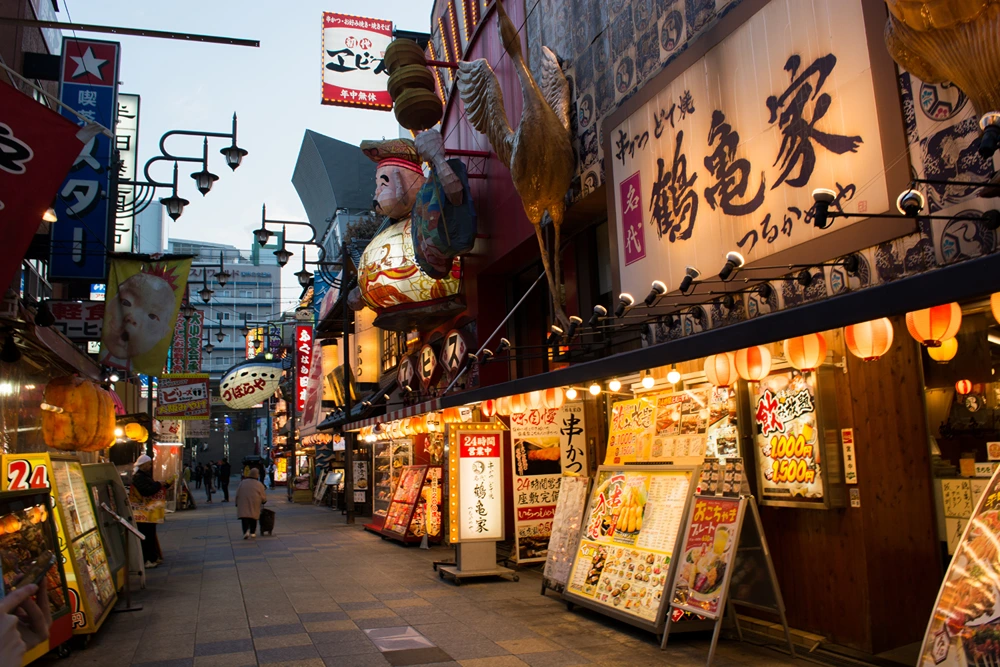
FAQ
Best places to visit in Japan for first timers
Q: Where is the best place to go in Japan for the first-time?
A: For first-time visitors, Tokyo is a top choice, offering a mix of modern attractions like Akihabara and traditional landmarks such as Senso-ji Temple.
Top 15 places to visit in Japan
Q: What is Japan’s number 1 tourist spot?
A: Japan’s number one tourist spot is often considered to be Kyoto, known for its historic temples like Kiyomizu-dera and cultural heritage.
Top 10 places to visit in Japan
Q: What are the top 10 places to visit in Japan?
A: Key places include Tokyo, Kyoto, Osaka, Hokkaido, Hiroshima, Nara, Okinawa, Kanazawa, Hakone, and Shikoku.
Top 5 places to visit in Japan
Q: What are the top 5 places to visit in Japan?
A: The top 5 places are Tokyo, Kyoto, Osaka, Hokkaido, and Hiroshima.
Best places to visit in Tokyo
Q: What are the best places to visit in Tokyo?
A: Key places include Tokyo Tower, Ginza, Shibuya Crossing, Senso-ji Temple, and Akihabara.
Beautiful places to visit in Japan
Q: What is the prettiest place to visit in Japan?
A: The prettiest place is often considered to be Kyoto, with its scenic temples, gardens, and traditional districts like Gion.
Best places to visit in Japan for young adults
Q: What are the best places to visit in Japan for young adults?
A: Top spots include Tokyo for its nightlife and shopping, Osaka for its food scene, and Okinawa for its beaches and water sports.
Best places to visit in Japan Reddit
Q: What do Reddit users recommend as the best places to visit in Japan?
A: Reddit users frequently recommend Tokyo, Kyoto, Osaka, and Hokkaido for their diverse attractions and activities.
Is 7 days in Japan enough?
Q: Is 7 days in Japan enough?
A: Seven days can cover major highlights like Tokyo, Kyoto, and Osaka, but more time allows for a deeper experience of the country’s diverse attractions.
Hazel Wall is a passionate traveler, writer, and explorer dedicated to sharing her experiences and insights with fellow adventurers. With a background in journalism and a deep love for discovering new cultures, Hazel has journeyed across continents, immersing herself in diverse landscapes and traditions.


